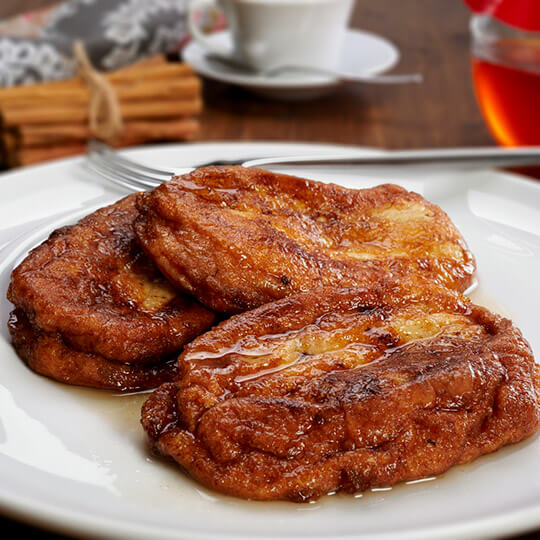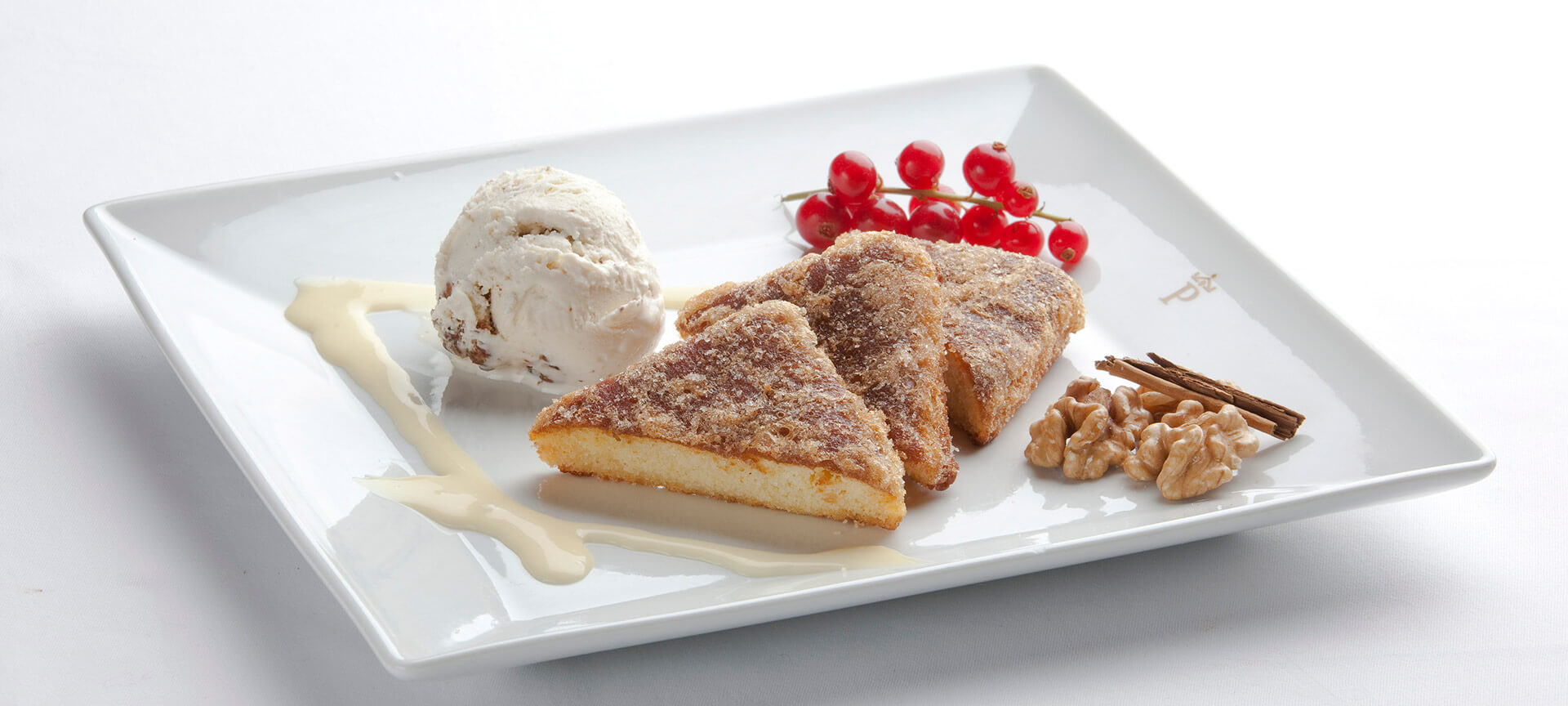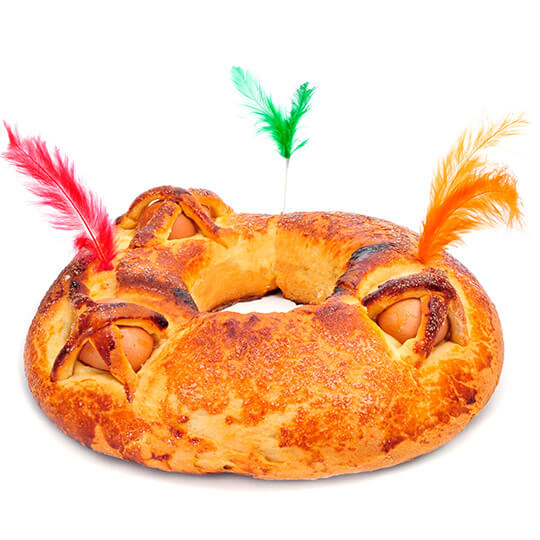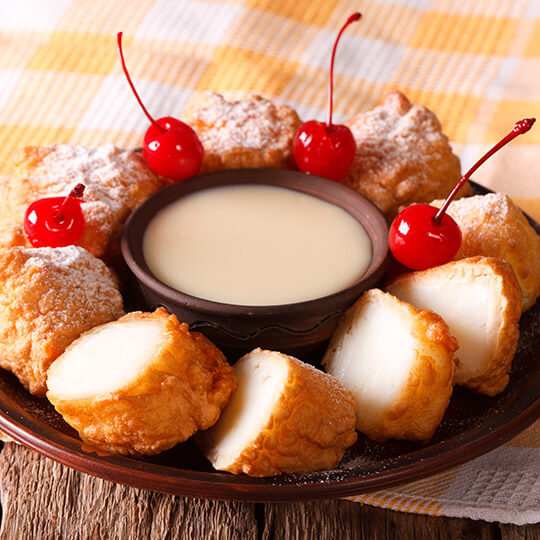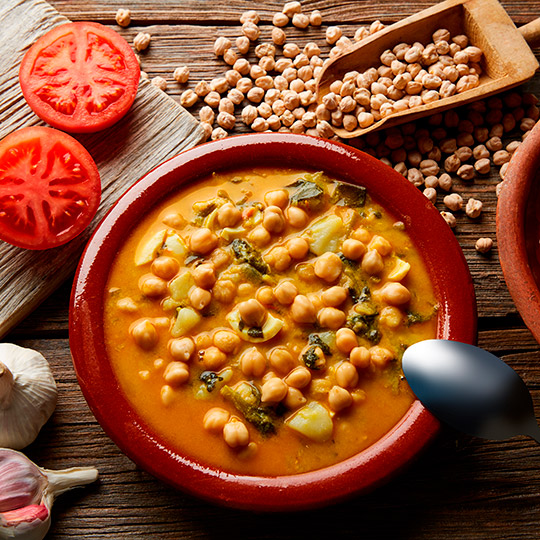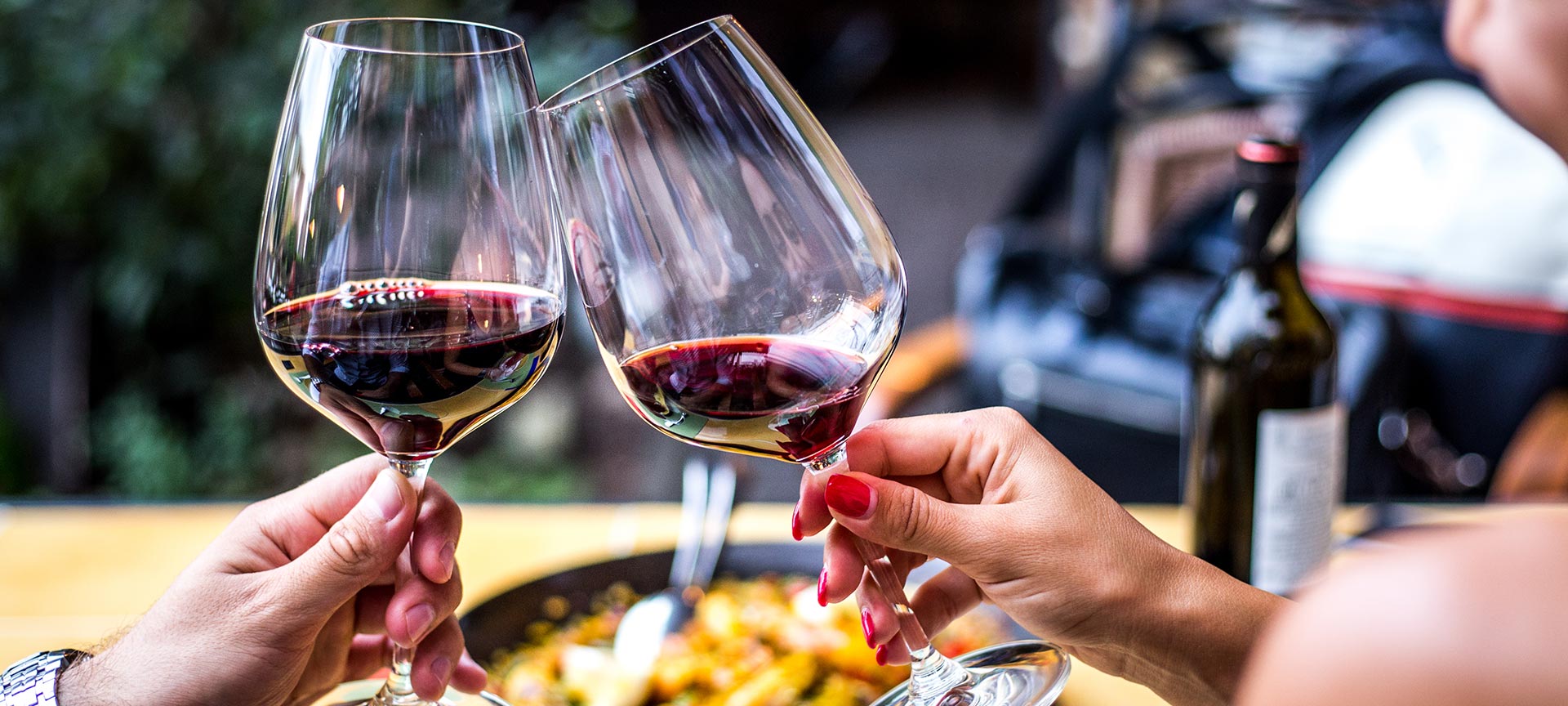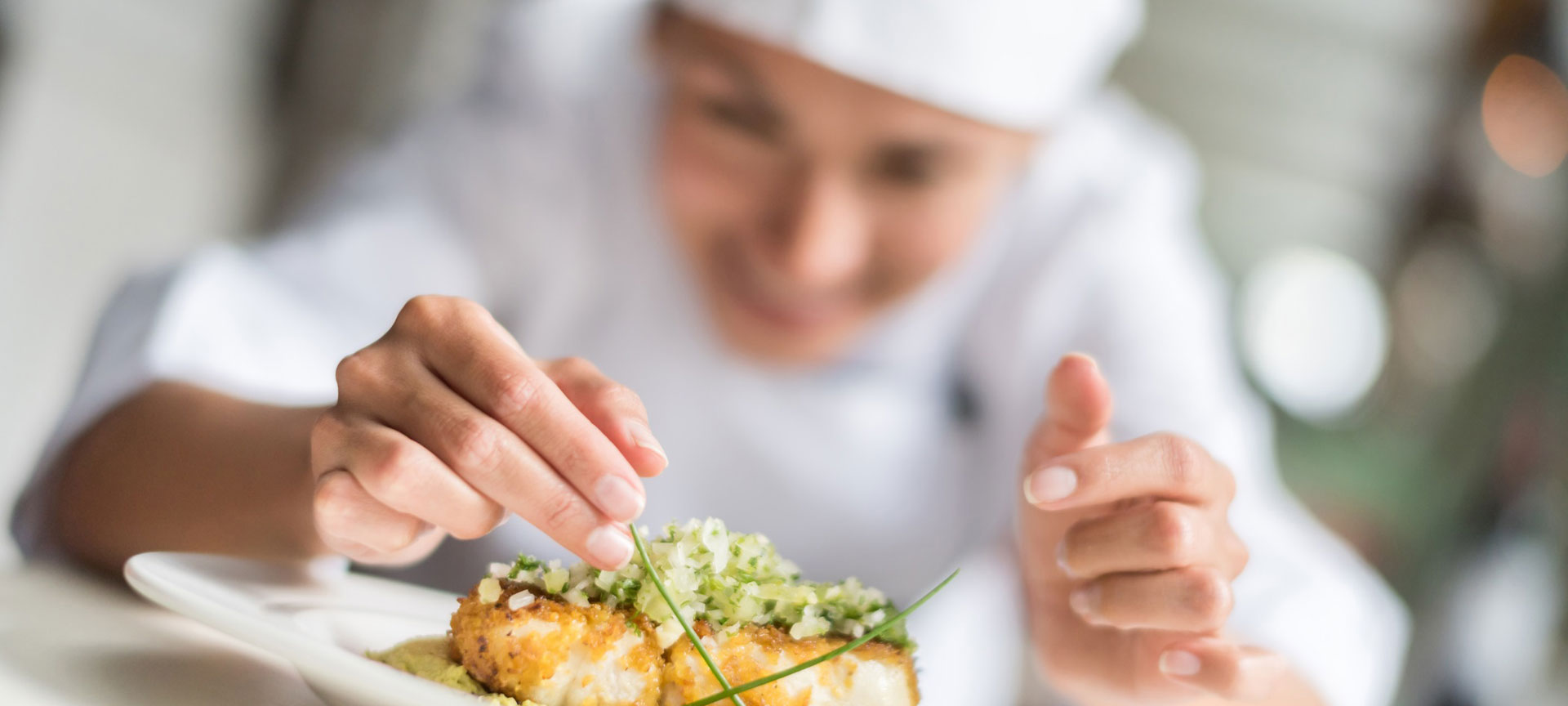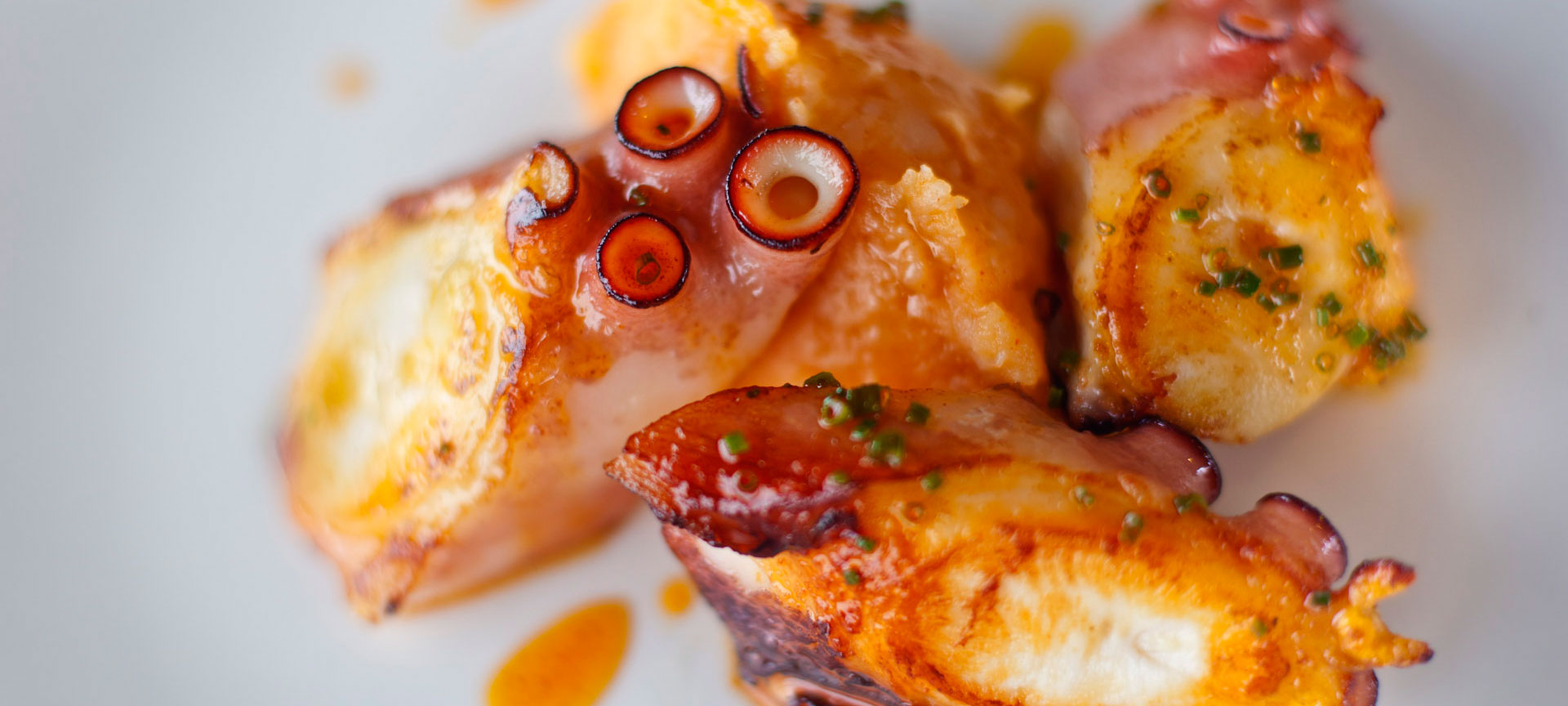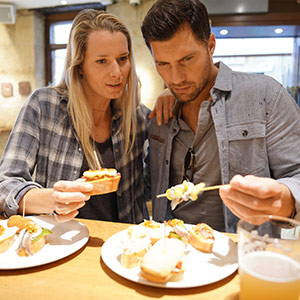TORRIJAS – The perfect snack for an afternoon watching Easter processions
Easter is all about tradition, and its most famous dessert is too. Many experts think it originates in convents, where it was traditional for the nuns to make sweets, and was invented to use up stale bread, which was soaked in milk and honey to soften and flavour it. The ingredients and shape of torrijas are similar to other pastries, but there is one thing that makes them different and very Spanish - they are fried in olive oil. After that, they are dusted with sugar, or syrup, honey or wine is drizzled over them, depending on preference. They are the most traditional sweet around Easter, but everyone loves these soft and succulent treats, so they turn up all year round for breakfast, afternoon snacks, or even as dessert. So we recommend trying one of our Easter traditions: go out to see the processions, and take a break for a delicious torrija.
